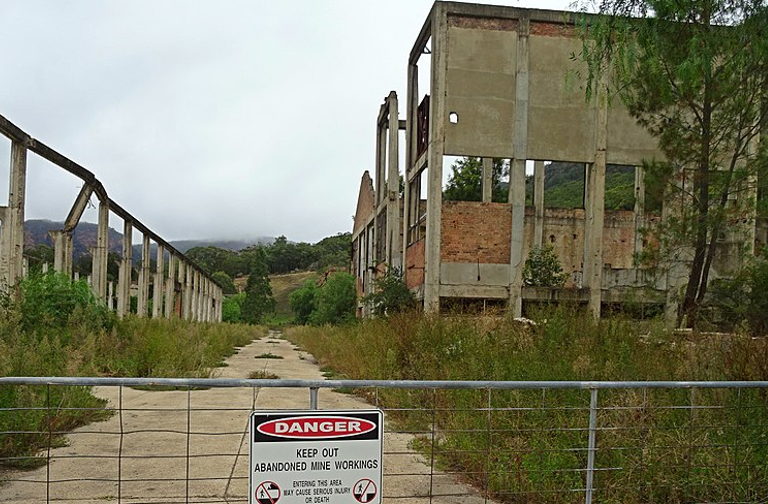I have maintained for the past six years that a key goal of OPEC has been to so demoralize investors in shale oil that they stop sending money to the companies that drill for it. As I’ve written previously, I believe that OPEC’s contest with the shale oil industry is “part of a broader strategy meant to maximize Saudi revenues as production in the kingdom hovers at an all-time high over the next decade before beginning a decline.” It now appears that OPEC may have finally won its war against shale.
Investment in shale oil companies has finally collapsed—even as oil prices levitate. It has been a long time coming. The industry would like you to believe that it is now showing “restraint” in its capital spending. But, to use a dieting analogy, there is a big difference between watching what you eat and having your jaw wired shut. The industry has experienced the equivalent of the latter in the capital markets.
What has amazed all of us who watched this battle play out is that OPEC didn’t win sooner. The relentless tolerance for losses among investors was beyond belief. And, when those investors returned in force after a brief vacation during the oil price bust in 2015, we skeptics grew concerned that rational thought had been eliminated from the universe.
Why did we think that? Because by that time the industry had already burned through hundreds of billions of investors’ dollars, dollars that merely subsidized petroleum consumers while enriching industry insiders. I am reminded of the joke about the business owner who explained that while he loses 5 cents on every sale, he makes it up in volume. Free cash flow numbers for the industry as a whole made it absolutely obvious that shale oil had been a money-loser for years. Why couldn’t investors see something that obvious?
The answer, of course, is that industry executives kept telling investors that the fields their companies were exploiting rivalled those of Saudi Arabia. (It’s always good to say Saudi Arabia as many times as possible in presentations to oil investors.) I am reminded of another joke about a woman who complained to her therapist that even though she had been married for three years, she and her husband had not consummated their marriage. The stunned therapist asked how that could be so. Her patient explained that her husband is a Microsoft executive. Every evening all he does is sit on the end of the bed and tell her how great it’s going to be.
That is approximately what shale oil executives were doing to investors. Executives told those investors that they were getting in early on hugely valuable asset plays. Resource companies that don’t make money often fall back on this narrative. But here’s what that really means as related to me by a drilling foreman. It means the company is putting a drill to marginal deposits in order to claim them as reserves—even when there is no realistic prospect the company will ever make any money producing those reserves.
One estimate puts shale oil and gas industry losses at around $500 billion in the last five years. But the industry was losing money as a whole before that even when oil was above $100 per barrel early in the last decade. The problem is that shale oil is difficult and costly to extract and the technologies that enabled that extraction were never efficient enough to create widespread profitability.
The problem from here forward is that most of the sweet spots in U.S. shale plays have been exploited. As the industry runs out of them and increasingly moves toward developing more difficult shale deposits, costs will rise—thus making it even more difficult to turn a profit on shale oil.
There is an oil price that would certainly make shale deposits profitable. But that price is likely too high for the economy and consumers to bear without falling into a recession. That, it turns out, is the conundrum for the oil industry as a whole. The price band that is affordable to consumers in the long run no longer overlaps with the price band that will allow oil companies to exploit increasingly difficult-to-extract deposits.
That may already be reflected in the fact that oil production worldwide peaked in November 2018, long before the pandemic began. Those of us who have been concerned about a near-term peak in world production are starting to believe that we’ve already passed it. It may turn out that all the hype over shale oil had people looking the wrong way when one of the most momentous developments in modern history was taking place in plain view.
Photo: Glen Davies Abandoned Shale Oil Mine (New South Wales, 2016). By Annette Teng. https://commons.wikimedia.org/wiki/File:Glen_Davies_Abandoned_Shale_Oil_Mine_-_panoramio.jpgc






